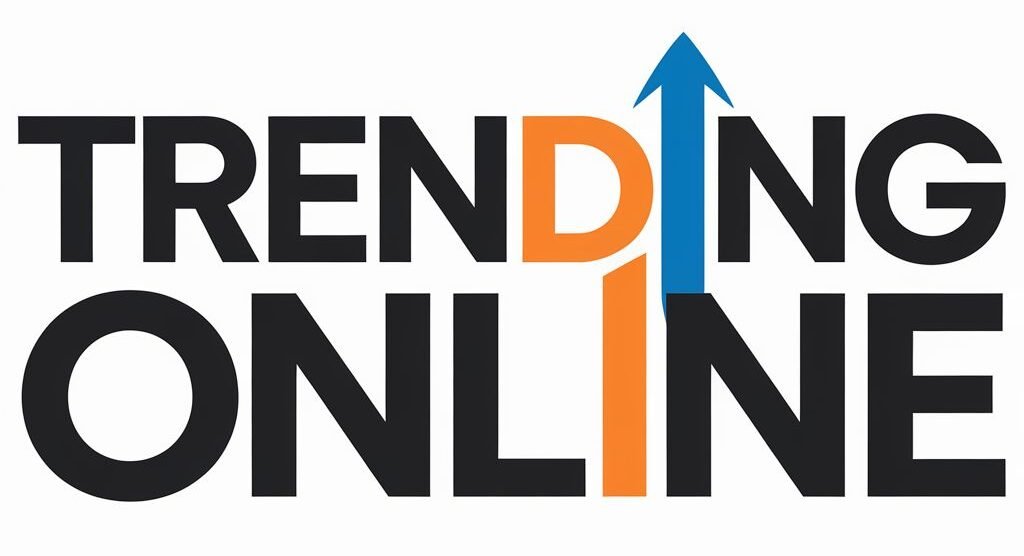Lenacapavir: A New Hope for HIV Prevention in South Africa
When President Donald Trump issued an executive order suspending all foreign aid to South Africa, in January this year, we immediately set about finding solutions. Among the most pressing was to ensure that our life saving HIV and AIDS programme continued to function.
The US President’s Emergency Plan for AIDS Relief, or PEPFAR as it is known, has been a vital part of our HIV/AIDS arsenal and has saved countless lives in Africa and South Africa. Initially a temporary waiver was granted for the 90-day suspension, however once this passed funding was frozen, leading to job losses and service disruptions.
This was a hammer blow to our efforts to save lives, as the United States contributed over $400 million a year to South Africa’s HIV programme and to the work of nongovernmental organisations.
This all occurred against the backdrop of strained relations between South Africa and the United States. However, we always viewed this as an opportunity to better strengthen relations and to arrive at solutions to the benefit of both nations.
While talks continue, the announcement of a United States bridging plan worth $115 million that would continue funding HIV treatment and prevention programme for a period of six months from October 1, 2025 until the end of March 2026, is a positive sign of good bilateral relations despite recent tensions.
Minister in the Presidency Khumbudzo Ntshavheni welcomed the announcement at a post-Cabinet media briefing on October 16, 2025, noting it as a positive indication of the strong and enduring partnership between South Africa and the United States. She said the US government’s $115 million bridging plan will ensure continued funding for HIV treatment and prevention programmes until March 2026 reflecting a shared commitment to cooperation, even amid ongoing discussions.
“It’s a confirmation of the good bilateral relations between South Africa and the US so that when we have complaints, they intervene and we find an amicable solution to the problem,” Minister Ntshavheni added.
This news came at an exciting time in our efforts to fight HIV. By early next year, possibly as early as March or April, South Africa will roll out Lenacapavir, as part of our comprehensive HIV response.
Lenacapavir, is a new long-acting antiretroviral drug, which is delivered via injection only twice a year, offering six months of continuous protection per dose. Just two injections a year could protect an individual from HIV, in contrast to the daily pills or the bi-monthly injections currently in use.
Clinical trials of Lenacapavir have showed remarkable efficacy in preventing HIV. In one trial among women, it showed 100% efficacy within the study period – and in another trial amongst men who have sex with men and transgender women, efficacy was around 96%.
This treatment could truly be a game changer as despite our many treatment options, South Africa, continues to carry the highest burden of HIV globally, with an estimated 8 million People Living with HIV in our country.
A large part of our arsenal is in preventing future infections, and to date, over 2 million people have been initiated on oral pre-exposure prophylaxis. This goes hand in hand with comprehensive education, HIV testing, condom distribution, male medical circumcision and other behavioural interventions as part of a combination prevention approach.
However, despite all these efforts approximately 149,000 South Africans acquired HIV in 2023. Worryingly adolescent girls and young women continue to bear a disproportionate burden of new infections, along with other key populations.
The reasons for this include low use of condoms and inconsistent use of oral pre-exposure prophylaxis. Getting people to adhere to treatment or prevention options has often been the biggest problem. Lenacapavir, could help to overcome this burden and has the potential to dramatically reduce new infections.
Mathematical modelling shows that if two to four million people use Lenacapavir over 12 to 24 months, South Africa could reduce new HIV infections to below 0.1% by 2032, achieving epidemic control ten years earlier than the expected.
It can begin to unlock a future where HIV is no longer a public health threat and bring to life our goal of reaching an AIDS free generation by 2030.
* William Baloyi is a Deputy Government Spokesperson.
** The views expressed do not necessarily reflect the views of IOL or Independent Media.

